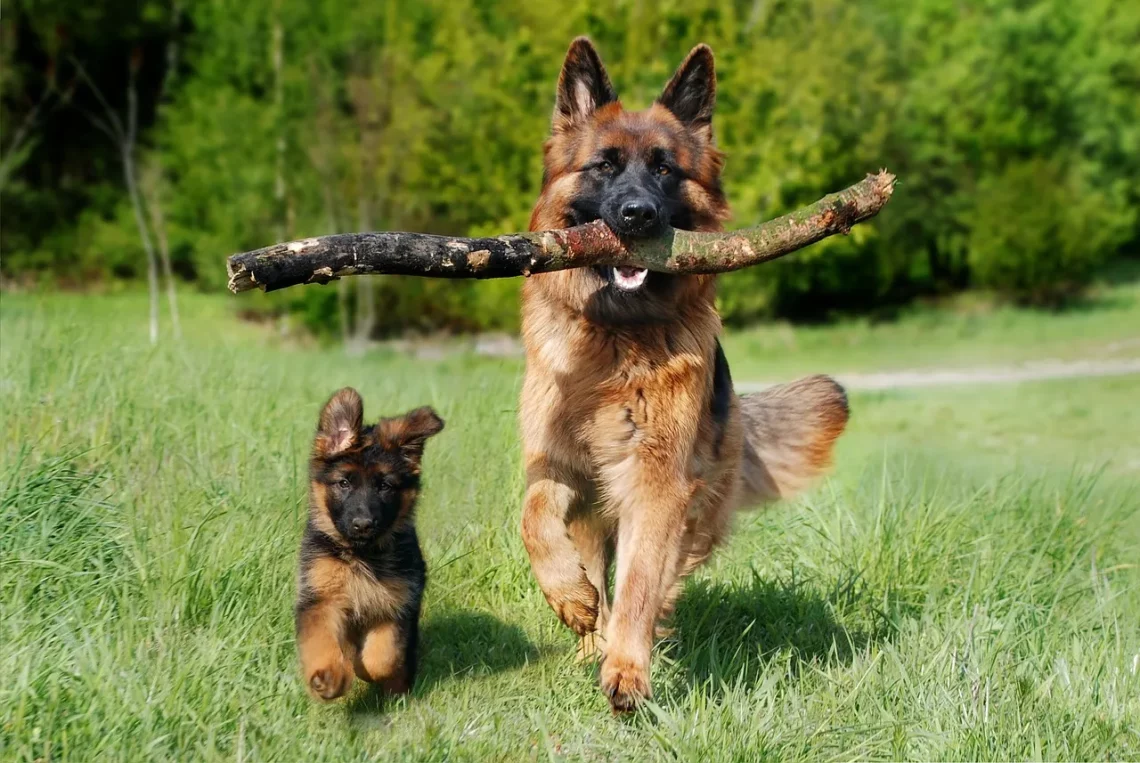
Understanding Dog Ear Bleeding and Head Shaking: Causes and Solutions
Dog owners understand the importance of being attentive to their pets’ health, as dogs cannot communicate their discomfort verbally. One of the more concerning issues that can arise is ear bleeding accompanied by head shaking. These symptoms can indicate underlying health problems that may require immediate attention. While some pets may exhibit minor signs of discomfort, others could be experiencing significant pain or distress.
Understanding the reasons behind these symptoms is crucial for any pet owner. Ear bleeding can stem from various causes, including infections, injuries, or allergies, and it often leads to behaviors like excessive head shaking. Head shaking can be a dog’s way of trying to alleviate discomfort or irritation in their ears. It’s important to recognize that these symptoms can also indicate more serious conditions that may need veterinary intervention.
By staying informed about potential causes and solutions, dog owners can ensure their pets receive the care they need. Early detection and treatment can make a significant difference in a dog’s health and overall well-being. In this article, we will explore the various factors that contribute to ear bleeding and head shaking in dogs, along with practical solutions to address these issues.
Common Causes of Ear Bleeding in Dogs
Ear bleeding in dogs can be alarming, and understanding the common causes can help pet owners take appropriate action. One of the primary causes of ear bleeding is ear infections, which can be bacterial or yeast-related. Infection can lead to inflammation, resulting in the rupture of blood vessels within the ear canal, causing bleeding. Symptoms may include a foul odor emanating from the ear, excessive scratching, or redness in the ear.
Allergies are another prevalent cause of ear issues in dogs. Allergic reactions to food, environmental factors, or grooming products can lead to inflammation and discomfort in the ear area. When a dog experiences an allergic reaction, they may scratch or shake their head more frequently, increasing the risk of injury and bleeding.
Foreign bodies, such as grass seeds or small debris, can also become lodged in a dog’s ear canal. These foreign objects can irritate the ear, leading to inflammation and potential bleeding. Dogs may shake their heads vigorously in an attempt to remove the irritant, which can exacerbate the situation.
In some cases, trauma can lead to ear bleeding. For example, rough play with other dogs, accidents, or even self-inflicted injuries from excessive scratching can cause damage to the ear. Pet owners should carefully monitor their dogs for signs of injury and take action if they notice bleeding or swelling.
Lastly, certain underlying health conditions, such as blood clotting disorders or tumors, may also result in ear bleeding. If a dog experiences persistent bleeding from the ear without a clear cause, it’s essential to seek veterinary care for a thorough evaluation.
The Role of Head Shaking in Ear Issues
Head shaking is a common behavior among dogs, but when it becomes excessive, it can indicate underlying ear problems. Dogs shake their heads for various reasons, often attempting to dislodge irritants or alleviate discomfort. When a dog experiences ear infections, allergies, or foreign bodies in the ear, head shaking is a natural response to relieve the irritation.
For instance, a dog with an ear infection may shake its head frequently as a way to try to minimize the pain or discomfort caused by the inflammation. This behavior can lead to more severe issues, including damage to the ear canal or eardrum if left unaddressed. Therefore, understanding the connection between head shaking and ear health is crucial for pet owners.
Furthermore, head shaking can also be a sign of other health issues unrelated to ear problems. For example, dogs may shake their heads due to dental pain or neurological disorders. This complexity highlights the importance of a comprehensive examination by a veterinarian if excessive head shaking accompanies ear bleeding.
In addition to being a symptom of health issues, head shaking can also lead to other complications for dogs. For example, vigorous head shaking can cause trauma to the ear structures, which may result in further bleeding or infection. It is essential for pet owners to observe their dogs closely and note any changes in behavior, especially if the head shaking is persistent or accompanied by other concerning symptoms.
Diagnosis and Veterinary Intervention
When a dog presents with ear bleeding and excessive head shaking, seeking veterinary intervention is crucial. A veterinarian will perform a thorough examination of the dog’s ears, assessing for signs of infection, inflammation, or foreign bodies. This examination may involve using an otoscope, a specialized tool that allows the veterinarian to look deep into the ear canal.
In cases where an infection is suspected, the veterinarian may take a sample of the ear discharge to determine the type of bacteria or yeast present. This information is vital for prescribing the appropriate medications, including antibiotics or antifungal treatments. Additionally, if allergies are suspected, the veterinarian may suggest allergy testing to identify the specific allergens affecting the dog.
Depending on the severity of the situation, treatment may vary. In some cases, the veterinarian may recommend cleaning the ears and applying topical treatments to reduce inflammation and promote healing. For more severe infections or underlying conditions, oral medications may be necessary.
It’s important for pet owners to follow the veterinarian’s recommendations closely. This may include administering medications as prescribed, keeping the dog’s ears clean and dry, and monitoring for any changes in symptoms. Regular veterinary check-ups are essential for maintaining a dog’s ear health, especially for breeds prone to ear problems.
In some instances, surgery may be required if there are serious structural issues within the ear canal or if a foreign body cannot be removed easily. Pet owners should never attempt to treat ear issues at home without veterinary guidance, as improper care can lead to more significant complications.
Preventive Measures for Ear Health
Preventing ear problems in dogs is essential for their overall health and well-being. Regular grooming and ear cleaning can significantly reduce the risk of infections and other ear issues. Pet owners should consult their veterinarians for guidance on the best cleaning practices suitable for their dogs, as certain breeds may require more frequent cleaning than others.
Monitoring for signs of allergies is also crucial. If a dog is known to have food allergies, pet owners should work with their veterinarians to identify safe dietary options. Keeping the dog’s environment clean and free of allergens can also help prevent allergic reactions that may lead to ear problems.
Additionally, routine veterinary check-ups play a vital role in ear health. During these visits, the veterinarian can check the ears for any signs of irritation or infection, allowing for early intervention if needed. Vaccinations and parasite control are also essential components of preventive care that can help protect a dog’s overall health.
Lastly, pet owners should be cautious during outdoor activities. Keeping dogs away from areas with high grass or potential irritants can help prevent foreign objects from entering their ears.
A proactive approach to ear health can significantly reduce the risk of bleeding and head shaking in dogs. By taking these preventive measures, pet owners can help ensure their furry companions lead healthy, comfortable lives.
**Disclaimer: This article is not intended as medical advice. Always consult a veterinarian for concerns regarding your pet’s health and well-being.**




